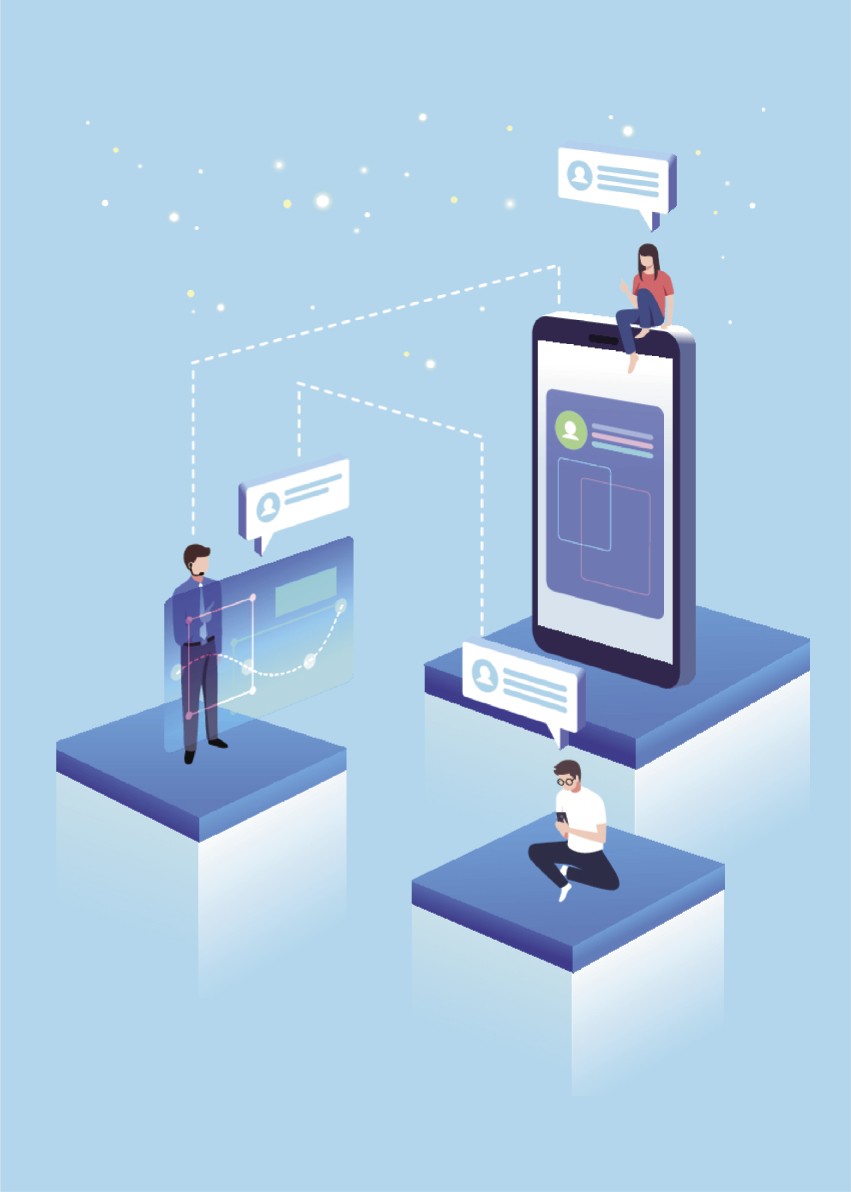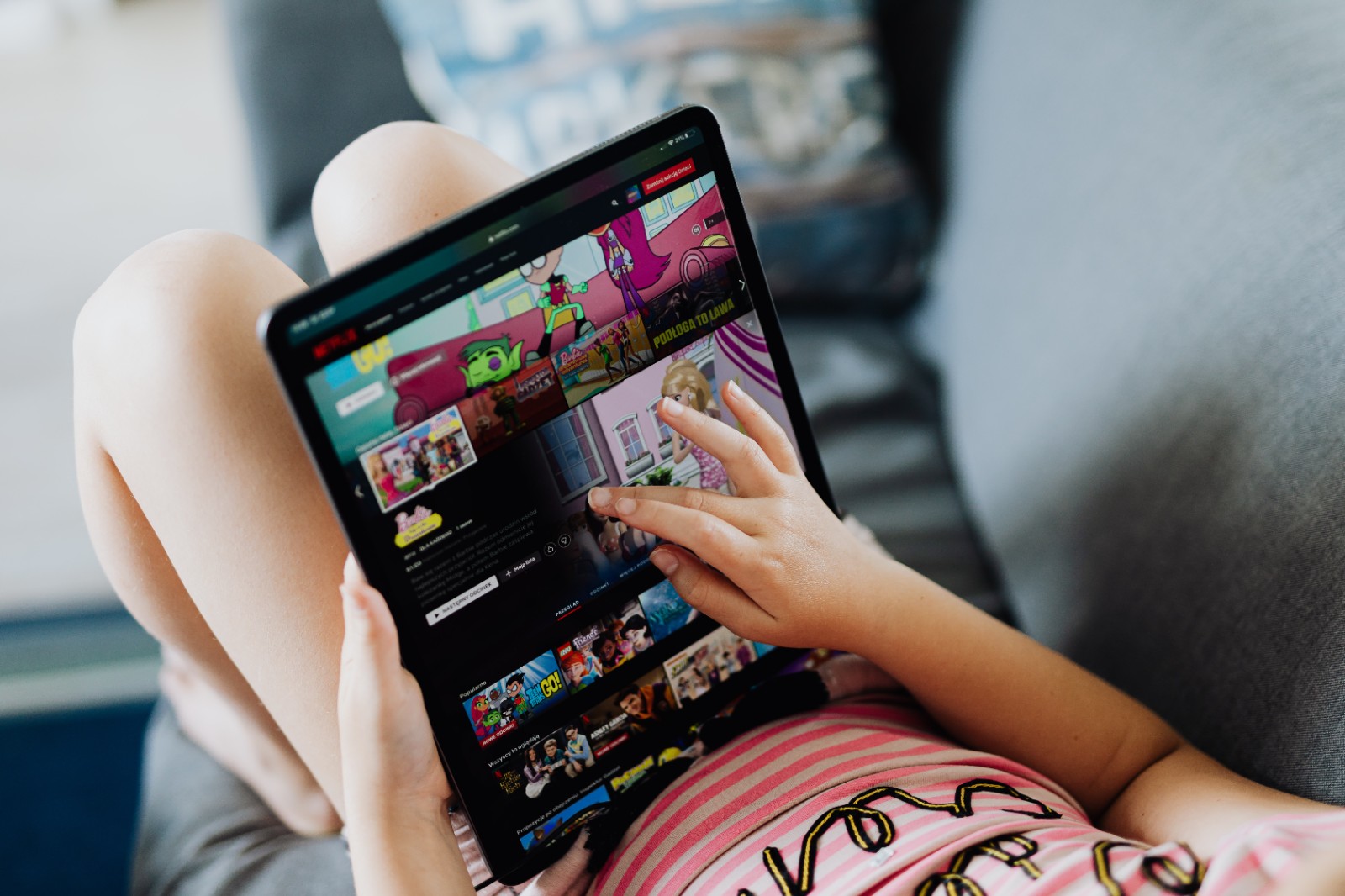
Consider for a minute how you would answer these questions:
Is it OK to share violent videos online to call attention to what’s going on in the world?
Is it fair for college admissions to consider applicants’ social media posts?
Is it OK to take a break from social media for a few days?
Whilst these questions typically elicit a range of answers, an informal poll of adults showed they all answered the third question in the same way. Chances are that you, too, replied ‘yes’ to this question. But for teens, the answer is less clear-cut. According to survey data published in 2021 by Common Sense Media, a non-profit that provides guidance on media and technology, although a majority of teens (83%) answered ‘yes’ to the third question, 72% of respondents also said that being a good friend meant being available to your friend whenever they might need you. Some also indicated that if you didn’t respond to your friend, then that could cause tension in the relationship, or your friend might get mad. Here, in a nutshell, you have one of the main challenges facing teens in our digital age: how to find the balance between taking care of yourself and being there for your online community, many of whom form part of your offline life, too.
When it comes to sorting out the ethical and social dilemmas that face them when they go online, young people need help, and parents and teachers are the ones who need to provide support with responsible decision-making. Schools are finding themselves having to deal with a whole raft of issues since the advent of the Internet and social media, including online safety, privacy, cyberbullying and digital distraction. To address these challenges, many are incorporating what’s known as digital citizenship education into their curricula. Common Sense Media and ISTE, a non-profit promoting the integration of technology in teaching and learning, are two organizations who have developed standards and training for educators and parents to use when teaching children how to participate safely in the online world and develop crucial digital citizenship skills. These skills are designed to help children protect themselves and others, as they seek to develop their identities, learn about relationships, and communicate with friends and strangers.

What is Digital Citizenship?
“Digital” refers to online spaces and the technology we interact with. The term “citizen” refers to being a member of a community, school, WeChat group, Facebook group etc., and the responsibilities we have to ourselves and our communities. At the heart of being a good digital citizen is social awareness, self-management skills and the ability to have empathy for others. As an example, one key skill that students need to learn is to slow down and weigh the consequences of their actions. Before they reply to a provocative text or photo, they need to reflect on possible outcomes for themselves and others, and weigh carefully how or whether they should respond, and also anticipate who might see what they post. Difficult enough for an adult to do, let alone a teen grappling with peer pressure, body image, mood swings, dating, parental expectations and all the other well-documented pressures they face. In the heat of the moment, it can be easy to overlook the fact that if you hurt somebody online now, it can stay there forever, becoming part of your digital footprint.
Learning about good digital citizenship has become even more necessary since the uptick in media viewing by children. Data from the US shows that between 2019 and 2021, roughly the period when Covid impacted the US, online media-viewing grew faster over a two-year period than it had over the four years prior to the pandemic. Watching online videos is rated by far the favorite media activity for both tweens, 61% “enjoy it a lot”, and teens, 62%. But not all of these videos are your run-of-the mill teen movies and dramas, such as Outer Banks and Warrior Nun. They include trending TikTok videos of people shaving their teeth, or eating Tide Pods, and YouTube influencers spouting hate - like misogynist, Andrew Tate. His impact on teenage boys was so worrisome that schools up and down the UK this year have had to rejig their classes to engage students in a conversation about Tate’s appeal.

The Parent’s Responsibility to Teach
Whilst parents of younger children often limit screen time and monitor content that their kids watch to prevent exposure to nasties like sex and violence, parental involvement decreases as children get older. Although they may still be concerned about content, and fret about what kids are posting and who they’re communicating with, for many parents policing their teens’ online activities can feel like whackamole. Put parental controls on his computer, he migrates to the phone for video games. Track her via a location app on her phone, then you find out she parked her phone at her friend’s house and went downtown to a club which she knew you wouldn’t give permission for. But it’s becoming increasingly clear that parents and teachers have to work together to protect our kids’ physical safety and their mental health, because we can’t rely on anyone else.
While governments twiddle their thumbs like in the UK’s Online Safety Bill, a world-first which started life in 2021 and is still currently working its way through the House of Lords with other bureaucratic layers still to go, we can’t expect tech companies to police their content when the bottom line is at stake. That was made clear in Facebook’s internal investigation findings released in September 2021, which revealed the deleterious impact that its app Instagram has on the mental health of teen girls. Facebook reported that “thirty-two percent of teen girls said that when they felt bad about their bodies, Instagram made them feel worse.” Teens blamed Instagram for increases in the rate of anxiety and depression. The reason being, as psychologists point out, that if you’re only seeing photos of others and only posting photos of yourself, appearance is what counts most in your sense of self-worth.
But even though they know the dangers, that doesn’t mean that teens will ignore social media. In fact, most use social media every day on their smart phones and see it as essential for connection, entertainment, socialization, and even learning. Certainly, some teens relish being able to connect with others globally who have similar interests as them, or getting involved in civic action- just look at the mobilization of young people at the heart of movements like Extinction Rebellion. But most are more concerned with how they are viewed by their immediate network of friends and peers who they see offline, in real-life. And at a time when teens are still developing their sense of identity, things like responses, likes, shares and view counts provide highly desirable social acceptance and through that, security. Being part of a friendship group and what that offers in terms of validation and confidence can be worth trading your privacy for. So, increasingly, a teen’s digital footprint is willingly co-produced with friends, who snap and upload group pictures throughout the day and tag each other in posts. This can mean that alongside their own curated version of themselves, how they choose to present themselves on social media, teens are also at the mercy of an uncurated version which could ruin their reputation.
A recent case in point was the TikTok video posted by a perpetrator involved in the beating up of a New Jersey girl in a school corridor. Not wanting to be permanently known as the girl who was beaten up, the 14 year old took her own life. The 24/7 nature of social media means that harmful postings used to troll or cyberbully can be particularly devastating. Until legislation is passed to protect children, education is the main tool we have to teach students how to engage in positive, safe and ethical behaviour in their social interactions.

The Rapidly Changing Landscape
Good digital citizenship teaching is always evolving. The newest strand concerns the ethical use of generative AI tools in education. Schools have long taught students not to plagiarise, to credit their sources and cite ideas they have incorporated into their own arguments so that intellectual property rights are respected. But think of the time you could save on your history project if you type in a few prompts to Chat-GPT and get AI to generate paragraphs of text or even a whole essay. Say you’ve never been good at art? You can now use one of the many text-to-image tools available, to get AI to do your art homework for you, and it looks fabulous.
Whilst New York City public schools have banned ChatGPT on school networks and student devices, it’s also currently banned in other US school districts and nationally in China, realistically, banning is not a practical long-term solution. Most schools are currently busy trying to figure out ways in which to harness the power of AI tools, whilst simultaneously strengthening students’ critical thinking skills. Indeed, critical thinking skills may be the only thing standing between truth and misinformation at this point. Due to our highly image-driven media, in which older children themselves are immersed, they will often be aware that images they find on websites are often digitally altered and specially curated. However, they may not always understand the marketing design behind an image, especially if it is presented as information. With technology now able to create deep fake texts and videos, many teens have developed a strong distrust of facts and authority. Data from London-based childrens’ rights advocacy organization, 5rightsfoundation, found 60% of children report they trust news less as a result of fake news. More alarmingly, one in five 16 to 24 year olds said there was no hard evidence coronavirus actually exists. It’s important that we teach students how to check that information is accurate, and how to avoid spreading disinformation especially as fake information spreads roughly six times faster than the truth and reaches more people too, according to a MIT Sloan School of Management study published in 2018.
At the end of the day, good digital citizenship is about accepting children’s engagement with tech, whilst also empowering them to make good decisions to protect themselves and others in their community. It’s about using technology intentionally as a tool to serve your own ends, rather than letting technology take control of you, whether that’s through blocking apps from tracking your behaviour so that your data isn’t captured without your permission, or being intentional about the platforms you’re using and the time you’re spending on them. Until technology companies can design digital services that cater for the vulnerabilities, needs, and rights of children and young people by default, it’s going to be left to schools in partnership with parents to help teach children how being a good digital citizen can keep them safe and happy.

How to be a Good Digital Citizen
Protect yourself: Create strong passwords and protect private information like your name, age and address to keep yourself safe; don’t give friends access to your phone.
Remember your digital footprint is permanent: Be deliberate about who you interact with and what you share to curate a positive online presence; protect your reputation.
Be a critical thinker: Always assess the credibility and accuracy of online sources; check for bias and misinformation, including when using generative AI tools.
Strengthen your community: Use tech to make your community better and make your voice heard by leaders; don’t spread disinformation and fake news which could harm others.
Empathise: Engage respectfully online with people who have different beliefs than you.
Self-monitor: Be aware of where you’re spending time online. Check your screen time report; be intentional about taking breaks and engaging in your offline life of work, family, hobbies, etc.